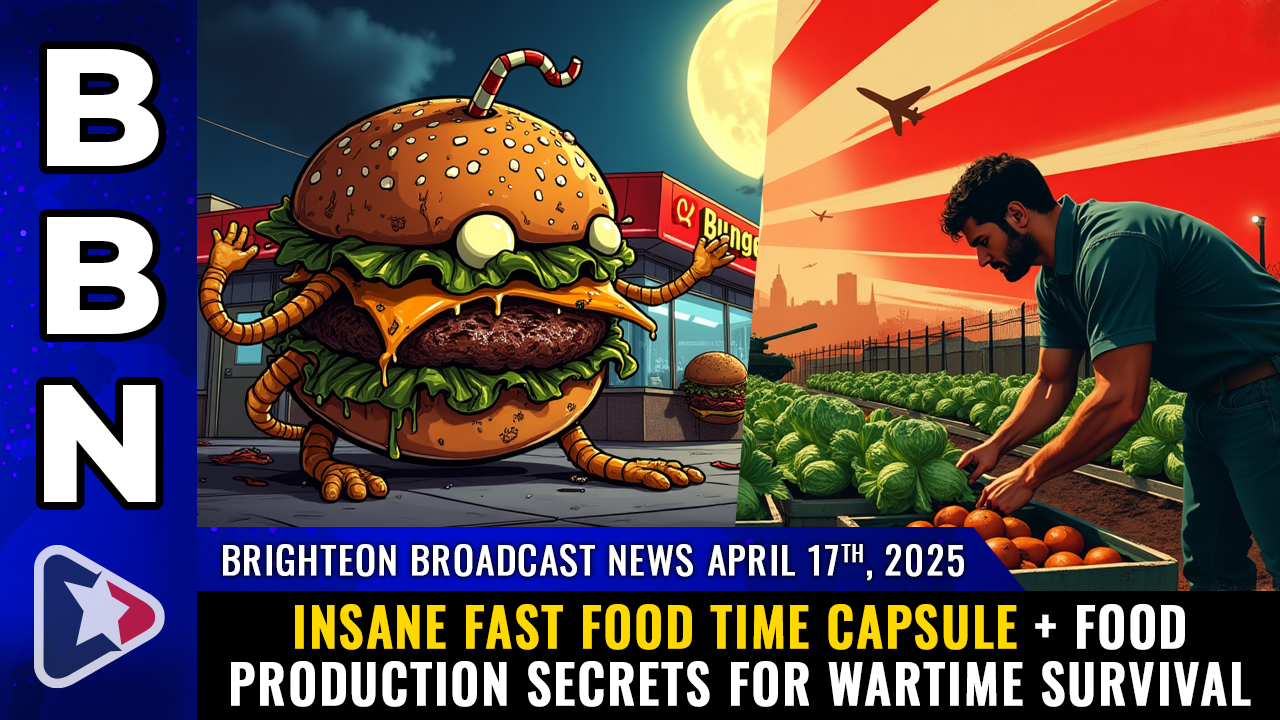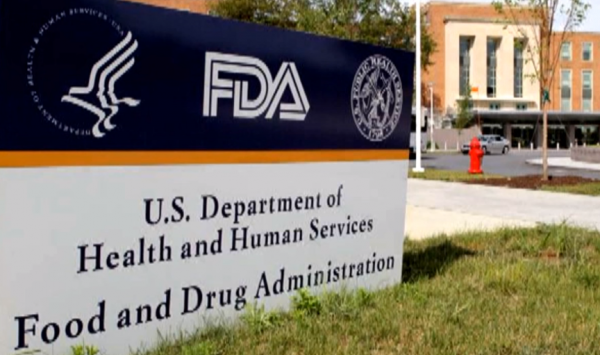Health Ranger’s 11-Year-Old ‘Fast Food Museum’ reveals shocking lack of decay – is fast food even real food?
By finnheartley // 2025-04-17
Tweet
Share
Copy

- Mike Adams (Health Ranger) stored fast food items (burgers, fries, nuggets) for 11 years—showing no mold or decay, raising concerns about their synthetic composition.
- Unlike organic food, fast food items remained intact without treatment, suggesting heavy use of artificial preservatives that prevent microbial breakdown.
- Lab-made ingredients (stabilizers, emulsifiers) may resist decomposition, questioning their nutritional value and linking them to obesity, diabetes, and inflammation.
- Adams advocates for food industry honesty, noting that non-perishable "food" likely contains industrial chemicals like TBHQ, a petroleum-based preservative with health risks.
- Real food decays; fast food’s longevity hints at artificiality, urging consumers to reconsider convenience versus long-term health consequences.
The Experiment: Fast Food That Defies Nature
In 2014, Adams purchased an array of fast food items—Big Macs, chicken nuggets, fish filets, and more—and stored them in sealed containers. Unlike organic matter, which decays within days or weeks, these processed meals remained eerily intact. "None of it molded. None of it rotted," Adams revealed in a recent broadcast. "I didn’t dry them or treat them—just left them in storage. Yet, they look almost the same as the day I bought them." By contrast, Adams highlighted how even airborne contaminants from chemtrails (as analyzed in a separate experiment) grew mold rapidly. "The stuff falling from the sky rots faster than a McDonald’s burger," he noted.Chemical Preservatives or Something Worse?
The lack of decay suggests these foods are laden with synthetic additives and preservatives that prevent natural breakdown. Adams argues this raises red flags about their long-term health effects:- Lab-Made Ingredients: Many fast food items contain artificial stabilizers, emulsifiers, and synthetic oils that resist microbial activity.
- Lack of Nutritional Value: If bacteria and fungi won’t consume it, can the human body properly metabolize it?
- Long-Term Health Risks: Regular consumption of ultra-processed foods has been linked to obesity, diabetes, and inflammation.
A Call for Transparency and Real Food
Adams’ experiment underscores a growing movement demanding transparency in food production. "If your ‘food’ doesn’t decompose, it’s not real food," he asserts. His findings align with studies showing that fast food often contains industrial chemicals like TBHQ (tert-butylhydroquinone), a petroleum-based preservative linked to health risks. As Adams prepares to examine the decade-old samples under a microscope, his message is clear: "People need to ask what they’re really eating—and whether it’s worth the convenience." Final Thought: While fast food chains tout affordability and taste, Adams’ museum serves as a chilling reminder: Real food decays. If yours doesn’t, it might not be food at all. Watch the April 17 episode of "Brighteon Broadcast News" as Mike Adams, the Health Ranger, talks about food production secrets for wartime survival. This video is from the Health Ranger Report channel on Brighteon.com.More related stories:
FAST FOOD EPIDEMIC: Could and should Trump SHUTTER FAST FOOD CHAINS until diabetes, obesity and cancer rates decline? American food is the MOST TOXIC “FOOD” on earth American food corporations that intentionally poison the American food supply should be prosecuted, say food safety experts Sources include: Brighteon.comTweet
Share
Copy
Tagged Under:
MSG cancer obesity toxins food supply brain damage preservatives chemicals poison toxic chemicals chronic disease regulations clean food legislation formaldehyde competition grocery resist monopolies Censored Science food dyes progress cancer causes disease causes endocrine disruption cooking oils badhealth food addiction clean food watch world agriculture food corporations
You Might Also Like
Trump chooses negotiation table over Israeli airstrikes in key Iran policy decision
By Cassie B. // Share
FDA to bar pharma employees from advisory committees
By Laura Harris // Share
Manufacturing surge under Trump sparks optimism amid concerns over economic strains
By Willow Tohi // Share
Recent News
Trump chooses negotiation table over Israeli airstrikes in key Iran policy decision
By isabelle // Share
Possible biosignatures detected on Exoplanet K2-18b, raising hopes for alien life
By isabelle // Share
"Wartime Homefront Essential Skills" on BrightU: How to grow and preserve food at home
By jacobthomas // Share








